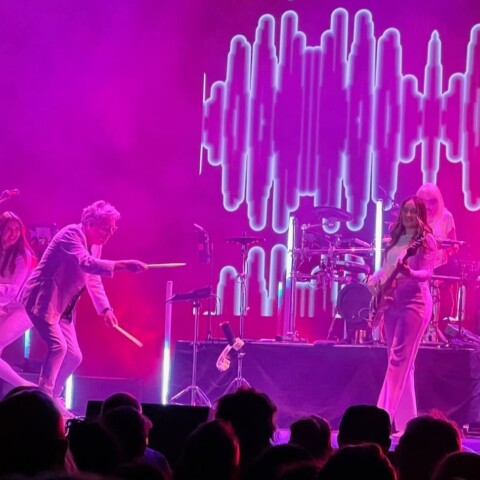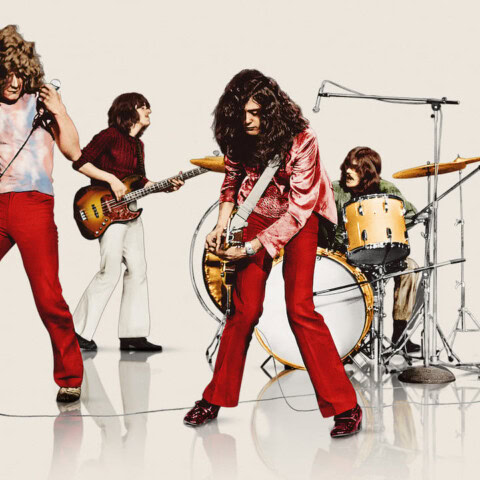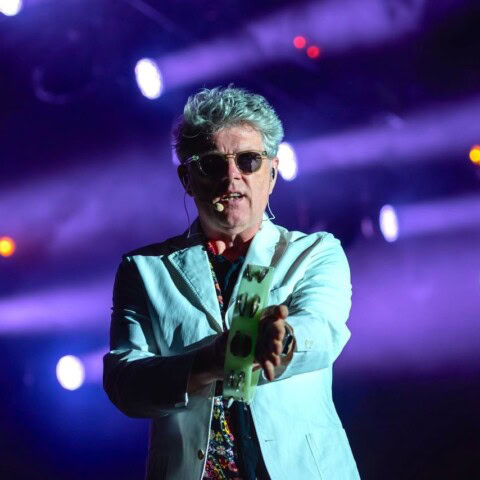Sad that you missed the Auckland Arts Festival performance of Terry Riley’s seminal In C by percussionists from the Auckland Philharmonic Orchestra and the Australian National Academy Of Music? Let the APO’s chief percussionist, Eric Renick, fill you in.
 Gary Steel – I was wondering if you could perhaps explain how you decided to insert In C into the Auckland Festival programme. Was it your suggestion?
Gary Steel – I was wondering if you could perhaps explain how you decided to insert In C into the Auckland Festival programme. Was it your suggestion?
Erick Renick – There had been discussion around what we could do along with Messiaen’s Turangalila the same week. And for that project we’re going to use 11 percussionists, and it’s pretty rare that we get 11 percussionists together in the city of Auckland. And we’re bringing over four students from ANAM, the Australian National Academy Of Music. And they were trying to find ways to make their trip here more immersive, so they talked me into a Spiegeltent concert.
Gary – Why this particular composition? Was it of interest specifically for percussion?
Eric – I was going to have limited time to rehearse something so I needed a piece that I could get eight percussionists together and relatively quickly create something. So the idea that it’s got an indeterminate instrumentation is helpful because I can sort of manipulate how it’s going to be performed. And rhythm is our life (as a percussionist) and In C really works only with the rhythm. If you’re not really locked into that pulse for 45 minutes it can lose a lot of clarity and a lot of steam, it can become confusing. So the pulse thing, I thought this is a perfect piece for percussionists. I’ve been inspired by a couple of other projects of it. There’s André de Ridder… he’s got a really beautiful version which he does with a group of African musicians from Mali, and that was sort of inspiring. And I’ve got friends in a percussion quartet back in the States who did it with nearly a hundred musicians on stage in Grant Park in Chicago. It’s a different performance every time. So there’s no need to really drill in a bunch of things, it’s just about whether we can we get together and communicate pulse in a way that makes sense. And I’m doing a little pre-mapping of it, so it’s not going to be exactly how Terry Riley has written it, in the sense that I’m going to basically give each player about three instruments, and I’m going to say okay, there’s 56 cells of music so I might assign one player to have 1 to 6. You’re going to be playing marimba, and from 7 to 8 I want you to sit out and then I want you to come back in at 9 before playing the gongs. And we’re gonna have shapes. I’m going to have a sort of map in my mind, because I have seen this performed in a university setting where they just sort of railed through it for 45 minutes like a steam train, and it can really get quite tiresome from the listener’s perspective. So I need to make sure I give it shape and I think this group of players is going to be perfect for it. We’ve got a lot of extra elements we can add… we’re talking about eight people who specialise in rhythm and pulse, so it should be really cool.
Gary – It’s interesting that you talk about how it can become mush, really, because that’s exactly the way I felt when I first heard it, a bit of a mess. I suppose because there are all those indeterminate aspects to it and it can all go horribly wrong, but I imagine with, especially with percussion instruments, there’s the chance of having everything interlocking beautifully and a clarity to it that doesn’t exist when you’ve got string instruments and saxophones and whatnot.
Eric – Yeah, exactly. And minimalism is something that percussionists obviously really love and for me minimalism is about that concept of you’re hearing something and without warning your ear changes everything around you. It’s not even that the musicians did anything different, it’s that minimalism has so many layers that… it’s like those Magic Eye photos, all of a sudden you’re seeing it in a different way, and it can only happen if it’s really well locked in, interlocked in a great way, if it becomes mush it’s too thick to see through.
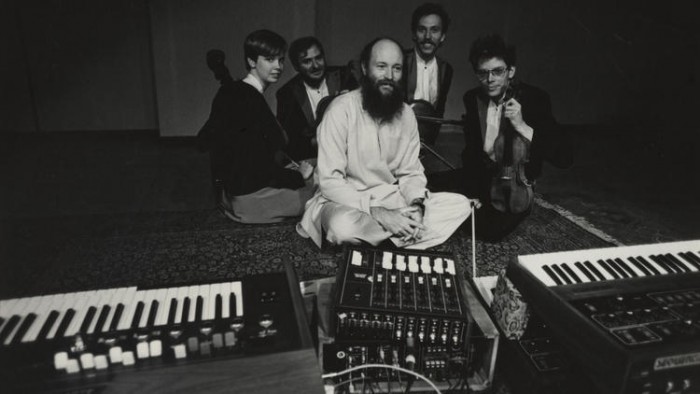
Gary – My favourite is still Music For 18 Musicians by Steve Reich…
Eric – I would LOVE to do that piece here.
Gary – The whole kind of minimalist thing reached some kind of peak at that time somehow.
Eric – Definitely.
Gary – But at the same time In C is an absolutely seminal work. Is minimalism an interest of yours? You seem to have a really wide range of interests.
Eric – Yeah I do, but minimalism, when it comes to percussion, I’ve always been obsessed with, from learning to do Clapping Music alone, two sets of bongos, and Steve Reich has written a lot of percussion music, and that’s probably my real initial influence is all the Steve Reich stuff that I played as a student, and at New World we played an entire concert of Steve Reich conducting his music. There’s something about minimalism that attracts percussionists. It’s hearing that groove, because it does, it creates a groove that no other music can really do, it’s the shifting sonorities that come into play that I find so fascinating. But as far as other interests, obviously that’s probably why I did percussion, it’s probably undiagnosed ADHD when I was a kid, the idea that you could just play everything, that if you were bored with this thing you could just slide over and play that thing. And it really helped me in that sense because I was able to shift focus quite quickly on new things.
Gary – How many percussion instruments will be onstage?
Eric – I couldn’t give you an exact answer, but I can probably guess. There’ll be a set of gongs, does that count as 30 something pieces? Marimba, glockenspiel, two vibraphones probably, gongs. I’m arranging lots of other non-traditional instruments. There’ll be tablas and djembas and loop pedals and a bit of synthesizer involved. The instrumentation of the first piece is a piece by a guy named Mason Bates who’s in San Francisco, who’s fascinating. If you haven’t heard much about him you should check him out. He’s classically trained but he’s a DJ and so he started really working on combining electronic music with classical music and has really been the first successful version of it. I randomly played a concerto for turntable and orchestra a long time ago which was cool, but he really is a composer, he’s not trying to mix DJ stuff, he’s trying to mix electronics. Luckily he and I have been able to work together to do this piece that he wrote for three percussion and electronics, but I’ve actually pre-recorded the third percussion part, so it lines up with the electronics, so we’ll only have two percussionists, just Dean and I from the APO playing those parts, and that’s quite a beautiful piece with lots of electronic sounds. And that’s how we’ll transition from that straight into In C. So I’m hoping to continue to use a bit of the electronics, and I think it’s something that Terry Riley would definitely approve of.
Gary – You have to wonder had the synth technology existed at the time of In C – as he did later with Rainbow In Curved Air – whether he would have used that.
Eric – Yeah. I wrote to Mason to ask if he had any connection to Terry Riley, but I haven’t heard back, because Mason lives in San Francisco, and if I remember correctly Terry Riley lives in San Francisco. And Mason has a remix of Terry Riley on one of his albums, so I know there’s some interest there. It was totally coincidental that I programmed them both together, but the more that I looked at it I thought ‘this is great’, this couldn’t have lined up better.
Gary – And it’s described in the publicity as being surround sound. Is it actual surround sound or in the round because it’s in the tent?
Eric – No, my plan is to place musicians all the way round the room. The Mason Bates will take place on stage, and then I’m hoping to have a little module in the centre which I’ll go to help direct traffic, and I’m hoping to set up instruments all the way round the room. We’re going to do it, it’s a matter of working out how we can do it safely with the venue crew. But there will be instruments all around.
Gary – That sounds amazing. It’s a really special thing when you get to hear instruments like that as opposed to hearing them coming at you from a stage or the speakers or whatever.
Eric – Yeah, one really cool thing they’re doing is a touch tour for the blind before it, which is so cool, I’m really excited about that, to get the students involved and let ‘em touch the kalimbas and the gongs and let them play some of it before hand. And that’s the idea of the surround sound, to actually be right next to it while it’s happening. I won’t put anything too loud next to audience members because obviously you don’t want to ruin it, but I wouldn’t consider this a loud piece anyway, that’s not, at least my interpretation of it. I actually find it quite delicate and intricate, and intricacy, if it’s done too loud, becomes problematic anyway. So I hope having the idea of percussion instruments around the audience doesn’t scare anybody off.
Gary – I think people will get the idea that it’s percussion rather than a set of rock drums.
Eric – Exactly.
Gary – Actual tuned stuff.
Eric – Yeah.
Gary – What is your favourite percussion instrument? Do you have one?
Eric – Probably the marimba, it’s where I gravitate. When I walk into a studio it’s probably the first instrument I walk to and play. I’ve always thought about that question, and the marimba’s definitely the one I gravitate to the most.
Gary – People have a very limited concept of what percussion is and can be, and it’s really such an extraordinary range of textures and sonics.
Eric – Yeah, I always compare it to impressionist painting where you’ve got your basic colours but the variations of those colours are infinite. There’s the triangle, right? The triangle is red, but each triangle is such a variation of red that you really have to be able to hear the subtleties of a percussionist. But that’s one of the fun things about it. When you go out and you end up in a junk shop somewhere in rural New Zealand and I’ll pick up things just to hear how they sound.
Gary – Yeah, I watched the video where you were talking about the pots at Bunnings.
Eric – I still can’t believe no one from staff came and talked to me, I was there for several hours.
Gary – You’d think that they would have been worried that you might be breaking a few. Do you have any percussion instruments at home?
Eric – I’ve got a little tiny snare drum that I practice on, I have a set of tablas, but most everything is at the studio, I try to keep it separate. The place we currently live, I moved the 5-octave marimba in when we first moved in there, there was a perfect spot for it, and I thought ‘this is going to be great, I’m going to practice so much’ and I was terrible, I was the worst home practicer you can imagine. I’d set up and get my coffee and then just stare out the window and watch the neighbours or go and check my email, I was really shocking, so it only lasted maybe three months. I wasn’t being productive at all.
Gary – It is very distracting trying to work at home. I work at home and – kids! Are you still teaching at the University of Auckland?
Eric – I think I’m on the faculty list but I haven’t actually taught there in a few years. I’m probably still listed on the faculty, but my last student probably left there three years ago, and so I haven’t taken anything on there since then other than we’ve done a few projects over there with the composition department.
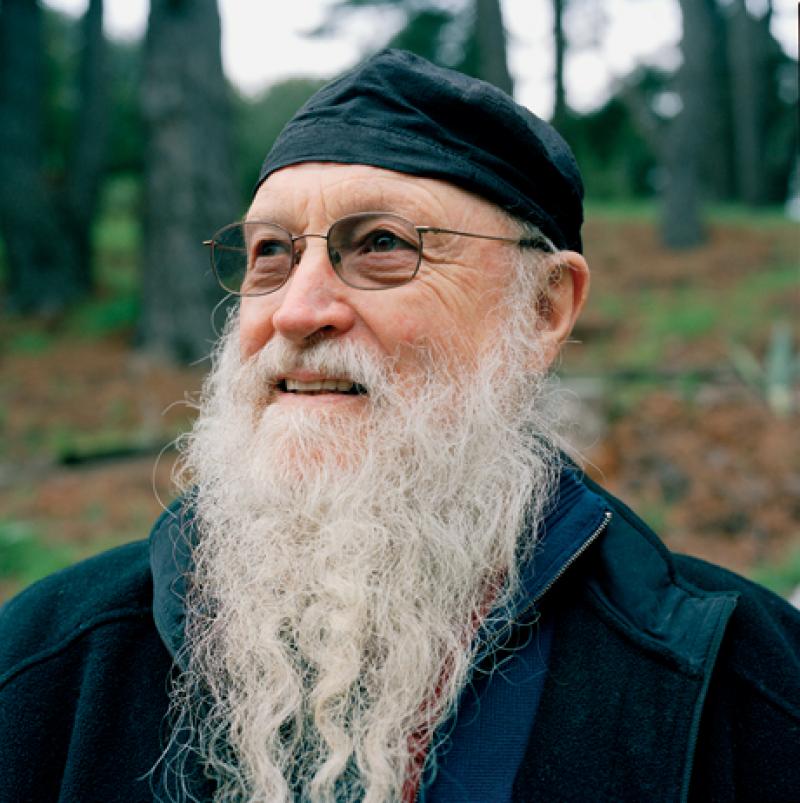
Gary – Obviously there’s room for what you could call improvisation in this composition, or indeterminacy I suppose, but are you a musician that can improvise? Are you interested in that? Or is playing to a score your thing?
Eric – Playing to a score is probably more my thing, I’ve certainly always been fascinated by improv and I’ve been lucky to have teachers along the way that did that, so a lot of the musical background of the percussionists at least in the States is that when percussion ensembles get together you jam, you all get together and play stuff. And there’s a lot of stuff that’s written, that you read from a score, but I was lucky to have really cool teachers who basically just put down charts and taught us how to read charts. So I had to improvise on the marimba and vibraphone and drums from an early point in my career. It’s not something I’m super comfortable with, it’s definitely out of my comfort zone, it’s something I get a little apprehensive about, but it’s something I really enjoy and I have GREAT respect for the people that can. I love jazz actually. I probably listen to more jazz at home than anything else, and I’m fascinated by people who can play just the head and all of a sudden they’ve written this whole new song just on the spot. I wish I could do it, I can’t do it at that level of course, but I do really appreciate improv. In all honesty the only time classical music gets played at home is if I’m studying for an upcoming performance. It’s not something I listen to just for fun. Everything else at home is for fun.
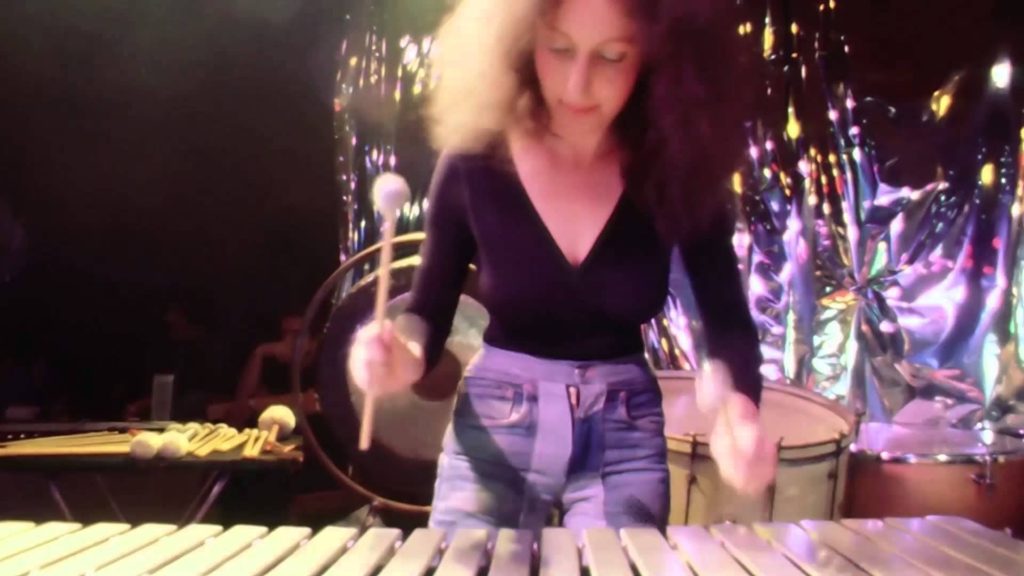
Gary – Are you familiar with Frank Zappa’s work at all?
Eric – Oh yeah, definitely.
Gary – In the ‘70s he had a percussionist, Ruth Underwood, who was pretty amazing… essentially marimba and various other percussion instruments.
Eric – The woman, right?
Gary – Yes, Ruth Underwood.
Eric – Oh yeah, yeah. Last year I played down in Wellington, the NZSO did a Frank Zappa tribute thing, on the waterfront, and I played that, and I played all the marimba parts, so I learned all about Ruth Underwood. She’s fantastic!
Gary – So you were involved with that. I was hoping to make it down but…
Eric – It was really cool. It was very difficult, his music’s REALLY complex, and we had very little rehearsal time. It would be great to do a full Zappa concert where we had tons of time to put it together.
- Eric Renick’s bio here.












